What Does an EMDR Session Look Like?
EMDR—it's a form of therapy new to you. Perhaps it's the first time you're hearing about it, or maybe you know it was originally created to help combat veterans. Maybe it was recommended to you by your current therapist or you're simply curious to learn more about it. If you don’t quite know what happens during a session beyond normal talk therapy, that's okay.
Here’s what to expect during an EMDR session.
What Is EMDR?
EMDR stands for Eye Movement Desensitization and Reprocessing.
It's an established and well-known form of therapy that was designed to help give our body the tools it needs to repair and heal itself.
Trauma can make it difficult for the mind and body to heal on their own. The overall goal of EMDR therapy is to facilitate the body's natural healing process again.
EMDR has been highly effective in treating a variety of symptoms, including:
Anxiety
Depression
Fears/Phobias
Grief
Panic Attacks
Poor Self-Esteem
PTSD
Sleeping Problems
What Does an EMDR Session Look Like?
EMDR therapy involves eight phases. The length and intensity of each phase will be dependent on what is decided between you and your therapist.
Phase 1: History
The first phase involves going over your history with your therapist. You'll work together to identify any negative memories and/or targets for the processing portion of EMDR therapy. You'll also go over the next steps for future sessions.
Phase 2: Coping
During the second phase of an EMDR session, your therapist will work with you to develop different coping techniques when facing any stress. The coping mechanisms will include techniques that can be used during your session as well as in the interim from when your previous session ends and the next session begins.
Phase 3-6: Reprocessing
Phases 3-6 are where the reprocessing portion begins. This is where the therapist will work with you through certain memories, beliefs, and emotions using bilateral stimulation. They'll do this by asking you a series of questions or by asking you to focus on a certain memory while you follow the bilateral stimulation.
The specific type of bilateral stimulation will depend on your therapist or your preference, but it could involve eye moves, light, or light taps. This is the point during EMDR where any negative emotions are transformed into positive thoughts and feelings.
Phase 7: Closure
Closure involves keeping track of the progress that has been made, along with any setbacks or emotional stress that occurs throughout the treatment process.
Journaling can be crucial during this time. It is not only useful too for the client to look back on to figure out the coping techniques that worked best, but it also gives your therapist insight into how the treatment is working for you.
Phase 8: Review
The eighth and final phase involves reviewing the treatment in its entirety. You and your therapist will again work together to review how you felt about the treatment and where you stand currently post-treatment.
You will review your written notes detailing your progress and any stress that may have occurred during or post-treatment to determine the next steps and the best way to move forward.
What Happens During an EMDR Session?
During an actual EMDR therapy session, you'll likely be in your therapist's office or at a specific location that has been designated for EMDR therapy. It can sometimes be done virtually over video calls, too.
Some days, you may not feel much at all. Others, you may experience a flood of emotions you weren't expecting. Or you may recall a detail from your memory you didn't realize was there. This is all a normal part of exploring traumatic memories and working to overcome them with EMDR.
Next Steps
If you're struggling with anxiety, depression, or a form of trauma, EMDR therapy may be a great fit for you and your healing process.
Reach out to us today if you're interested in learning more and would like to set up and consultation for EMDR therapy.

